From October 18, 2023 to November 23, 2023
Galerie Tanit, Mar Mikhael, Beirut, Lebanon
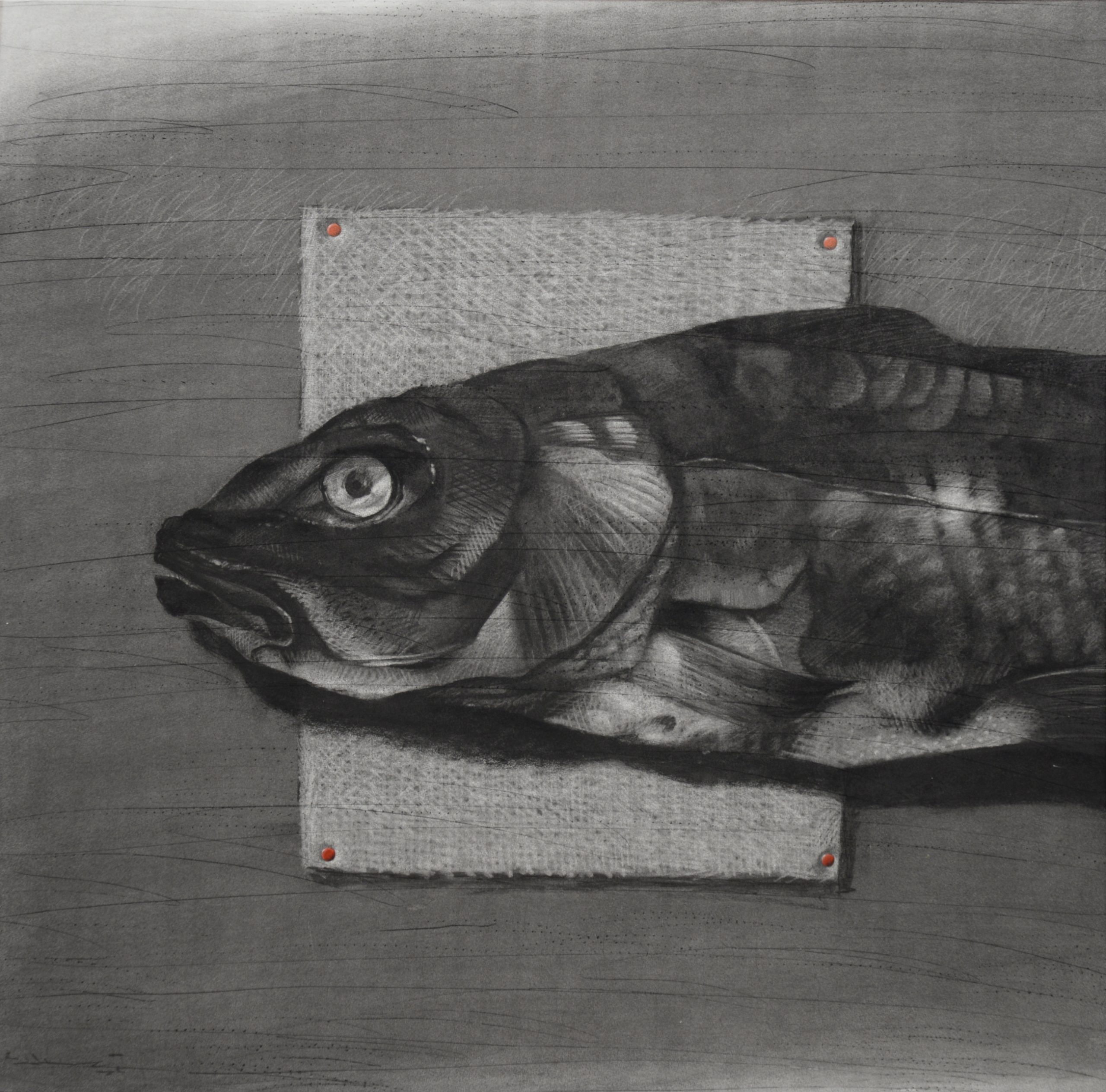
Youssef Abdelké, 2010, Fish 2, Charcoal on Paper, 98 cm x 97 cm
A keen observer of the living phenomenon, a precise, rigorous, and methodical engraver, but also a poet in images, Abdelké first represented human groups with masked heads, actors in search of an author, like the characters of Pirandello. He placed them in the night, a terribly dark night, where death and monsters were everpresent. This was his “human comedy,” a tragic comedy in which the grotesque was never excluded. Gradually, men disappeared, and animals and plants emerged from the same night. Their presence is so palpable that you feel like you can touch them, caress them with your eyes. There is no hyperrealism here, nor even “realism” in the traditional sense of the word: everything happens as if he reinvented, with each stroke, nature, a kind of encyclopedia meticulously crafted in slow motion, of natural phenomena.
The acuity of his vision is such that you wake up as if from a dream when you look at them. It’s as if you had never truly seen, seen in depth and in three dimensions, what a simple fish is. Abdelké enters into the skull, or into the fish, or into a woman’s shoe, like Michaux “entered” an apple. He may have dissected the fish before reassembling it. He never “represents” the fish, the woman’s shoe, or the cow’s skull: he resurrects them. That is his power of fascination: everything is destined to die and disappear, but everything can be saved, as if from a flood. Every living phenomenon is a material miracle, a treasure, and a mystery. Oh, the surprise it brings when you rediscover it! I don’t know how he manages to achieve it. Observation, the utmost attention, is not enough. It’s as if he wants to reinvent the world and preserve it forever from offense, indifference, and oblivion. As if, standing in front of the cow’s skull himself, he wants all living phenomena to replace him, the Syrian engraver. No, it’s not “Abdelké” that interests him, it’s everything that is not Abdelké, everything that will outlive Abdelké, everything that far surpasses Abdelké.
I am certain that Baudelaire would have been amazed by his engravings, would have dedicated poems and fervent, enthusiastic texts to them. There will always be day and night, always light, at least for a few billion years, and always darkness. And it is in this light, in this eternal darkness that Abdelké works, as if by the glow of a candle, a simple little candle, flickering in its holder.
When he achieves this result, which I call resurrection, he smiles, he is content, he stops, and puts down his chisel: there’s no need to add anything. It lives, or it doesn’t. It emerges, it resurfaces, or it doesn’t. The entire question of art is there. In fact, the word “art” is inadequate. It’s not about art, but the transformation of death into living existence. Abdelké’s fish is not just a fish: it’s an arrow, a radiance, a breath, a whispered call to life. But it’s also a fish, I don’t know, maybe: a salmon, a sardine, a pike. But it flies like a bird in the night where we find ourselves plunged once again. In a large charcoal drawing on canvas, he has drawn a fish head in a box, and this enormous head looks at us as if the image of death is even more alive, for Abdelké, than that of life.
-Alain Jouffroy
Artists
News
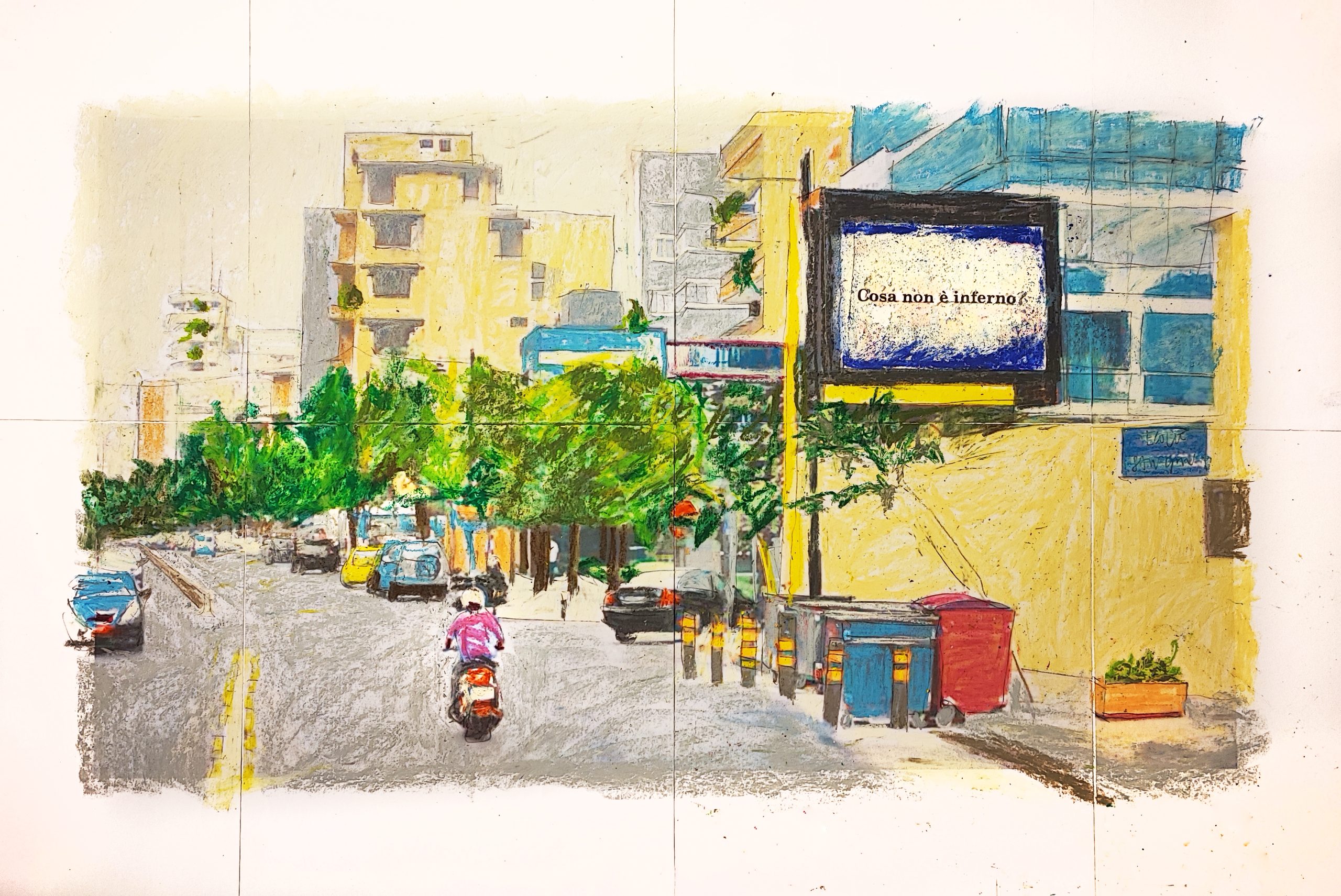
8 November 2023
معرضان فنيان للثنائي أنطونيلو غيزي وعبدلكي

26 October 2023
Le Réalisme Fantastique de Youssef Abdelké
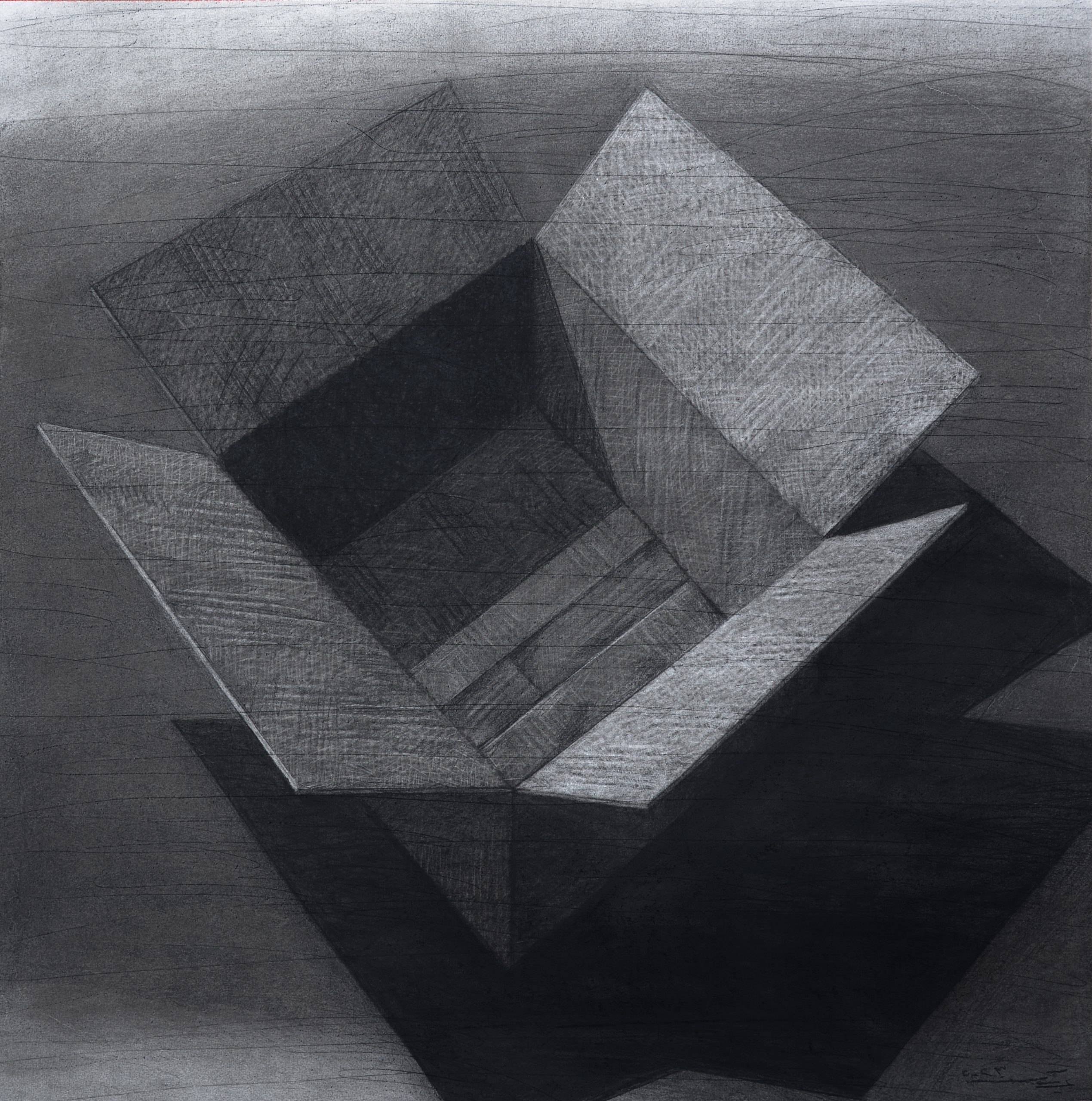
18 October 2023
Youssef Abdelké at Galerie Tanit Beirut

22 October 2023
Youssef Abdelké et tous les sacrifiés au jeu de la guerre
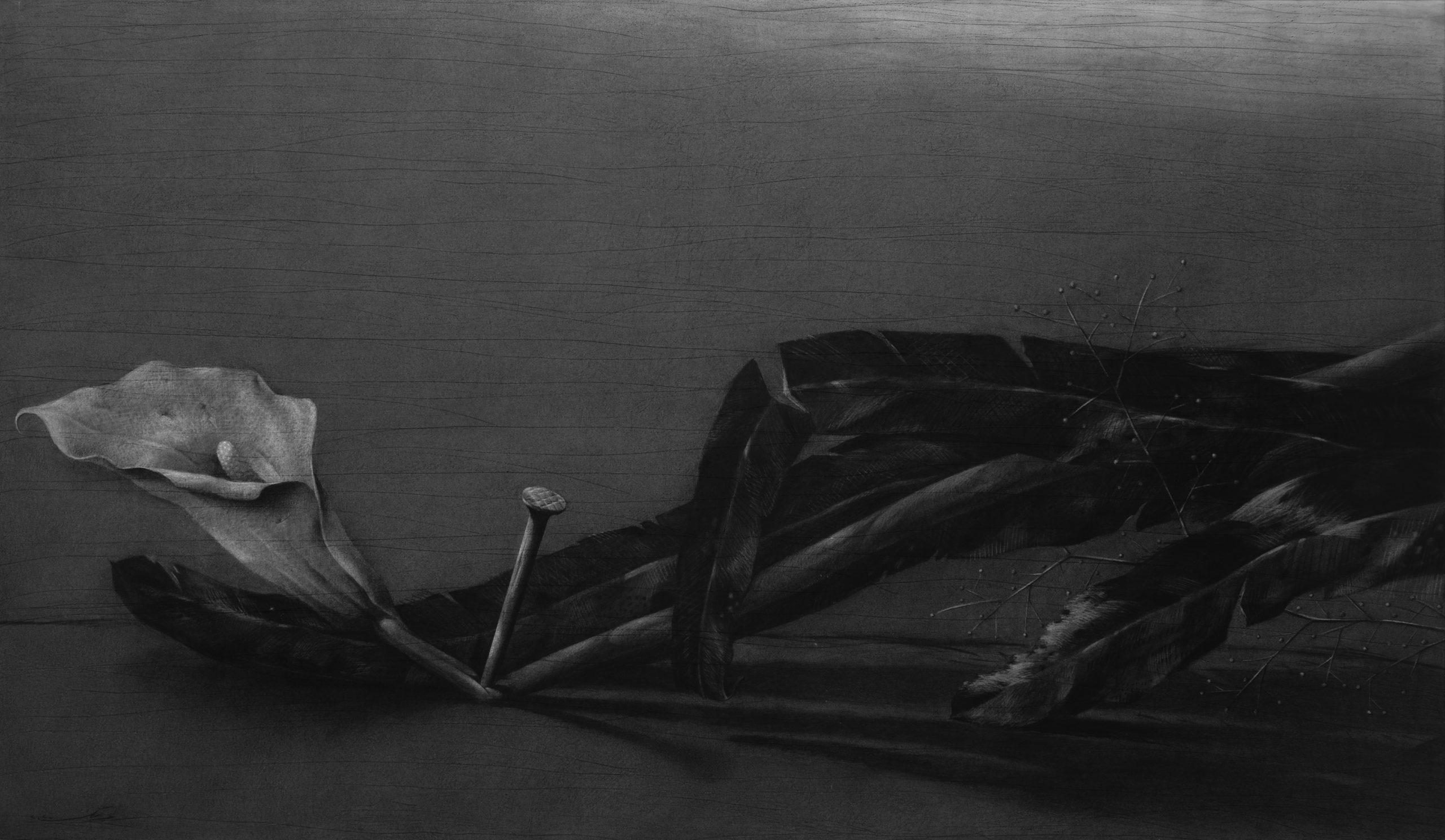
24 October 2023
ساطور وزنبقة مطعونة بمسمار وعصفور قتيل
Image Gallery
Youssef Abdelké
Cardboard Box
2023
Charcoal on Paper
100 cm x 100 cm

Youssef Abdelké
Flower
2023
Charcoal on Paper
100 cm x 40.5 cm

Youssef Abdelké
Exhibition View
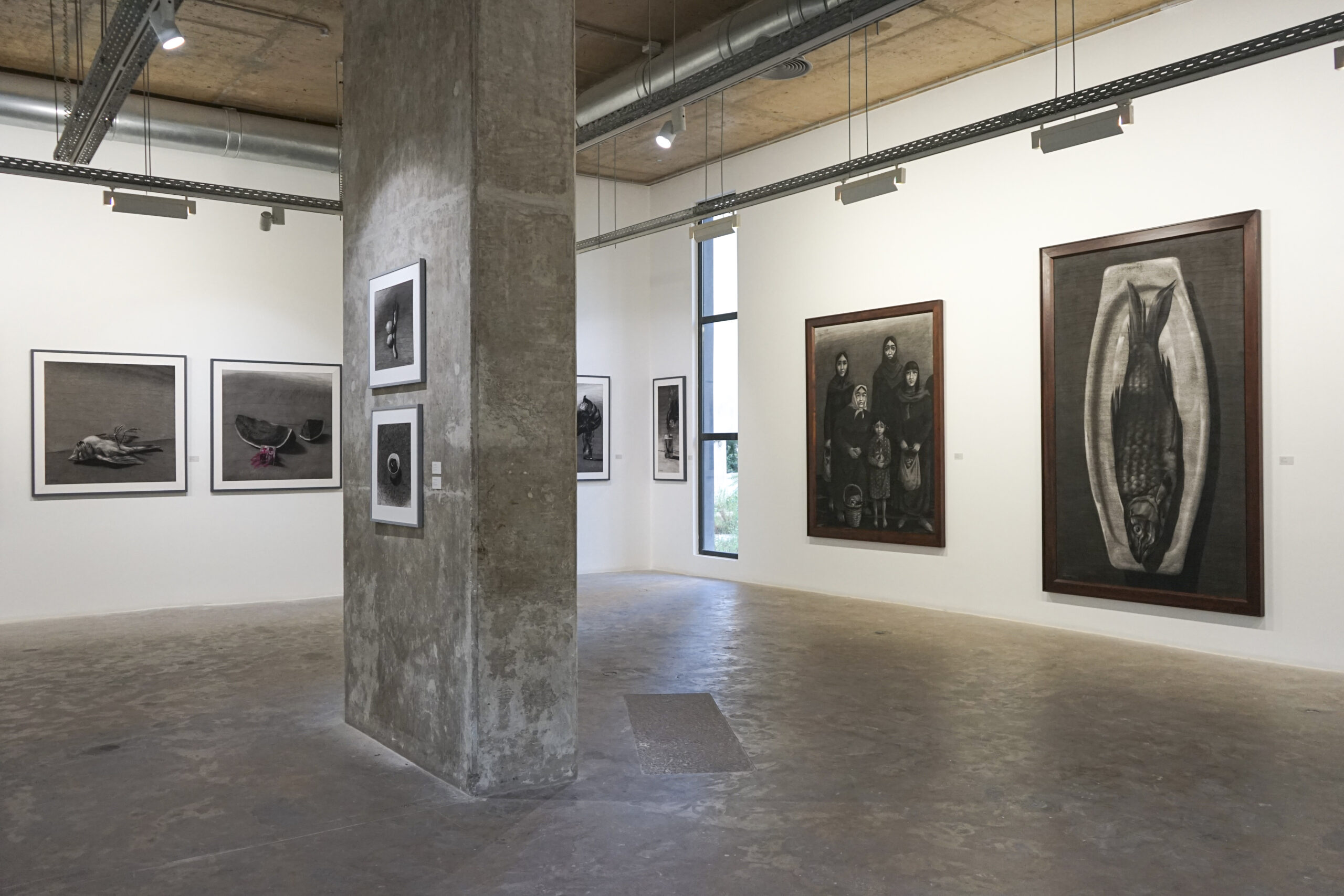
Youssef Abdelké
Saint John
2015
Charcoal on Paper
178 cm x 245 cm
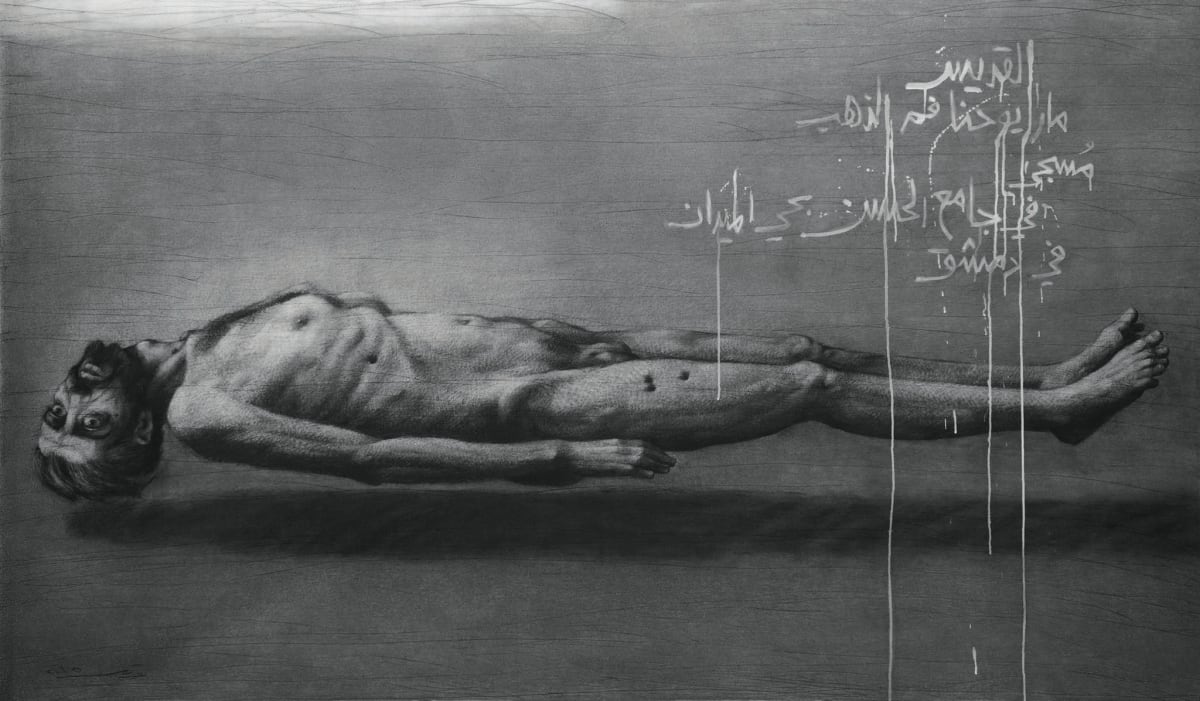
Youssef Abdelké
Exhibition View
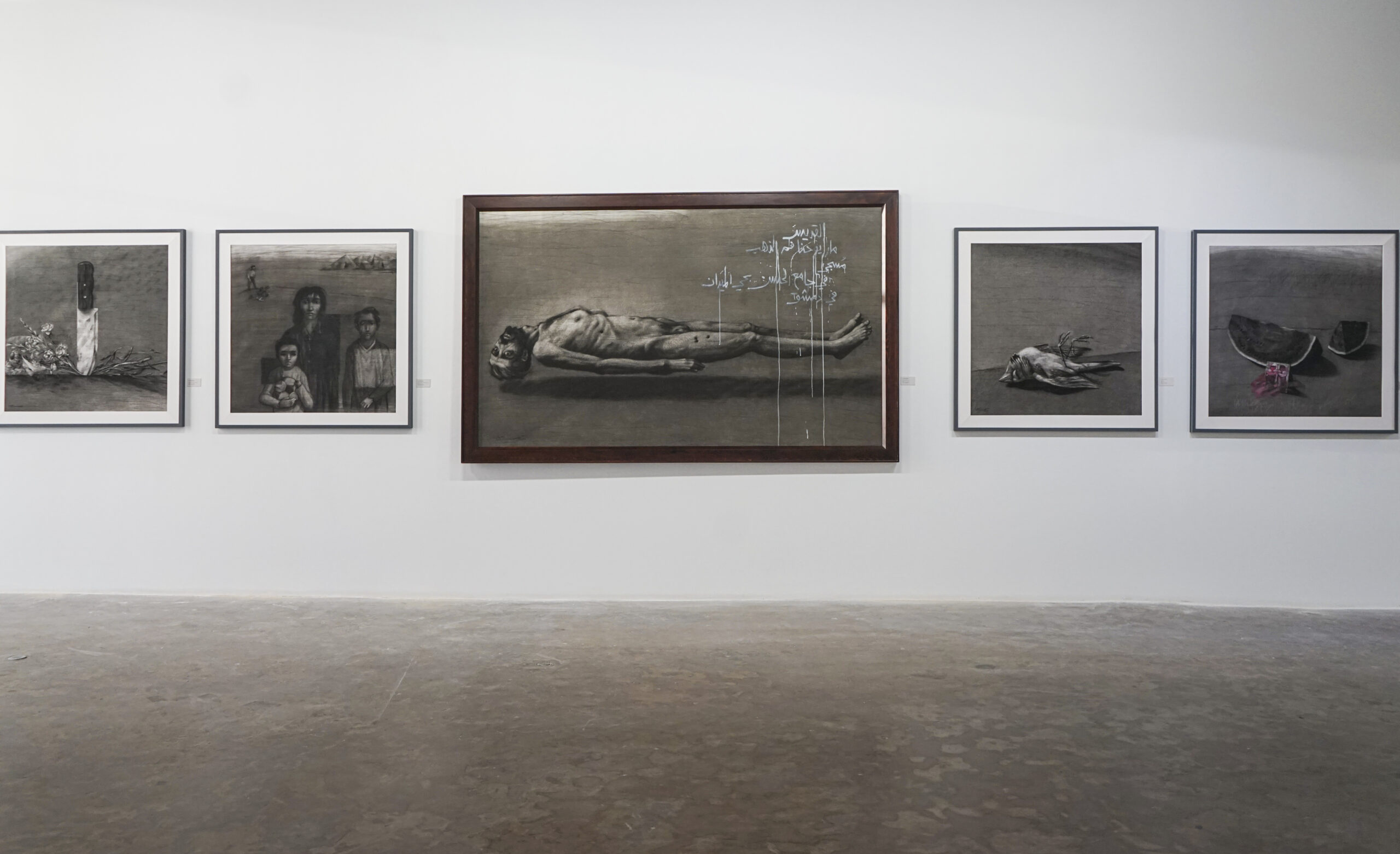
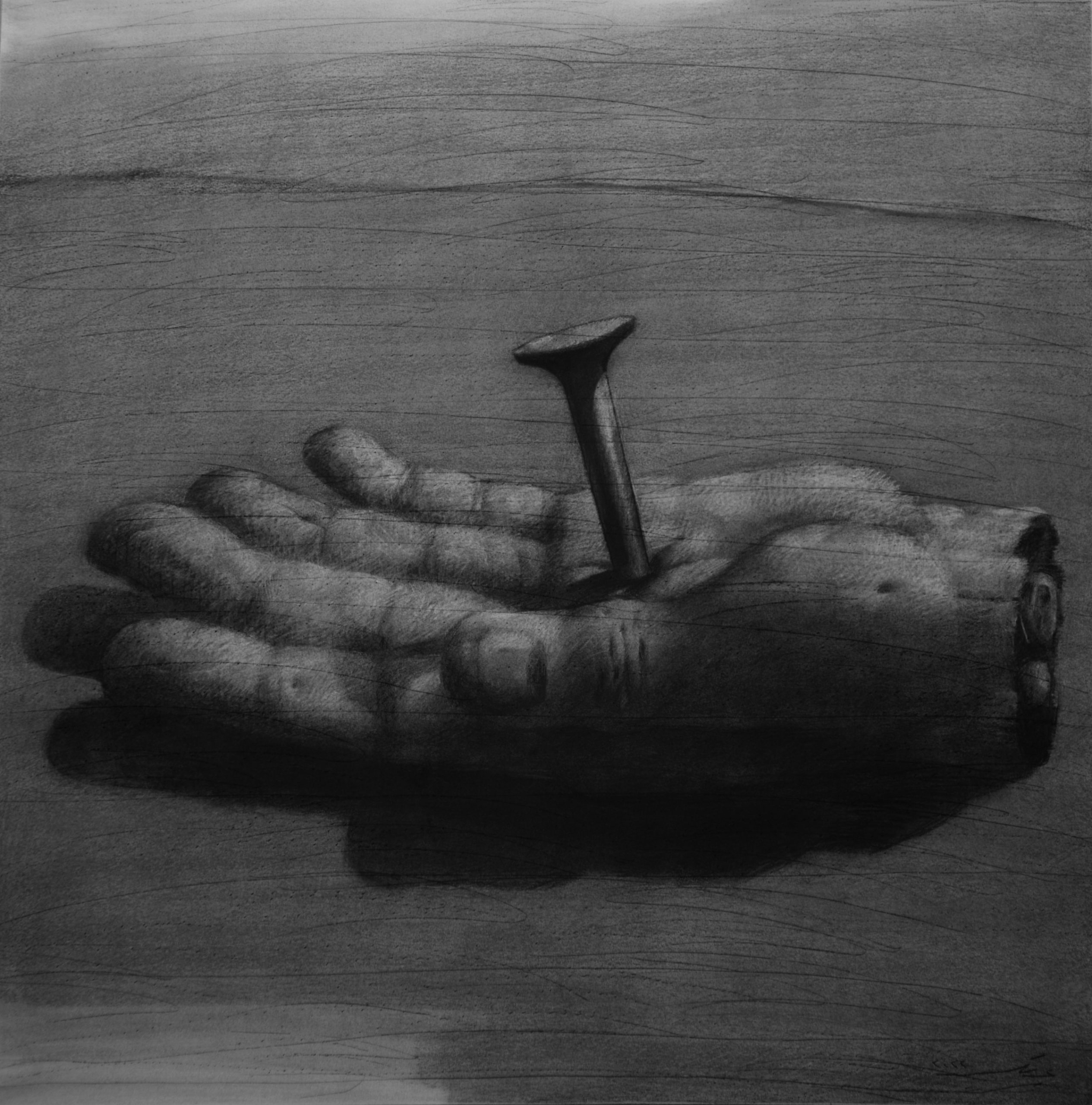
Youssef Abdelké
Hand
2022
Charcoal on Paper
102 cm x 102.5 cm
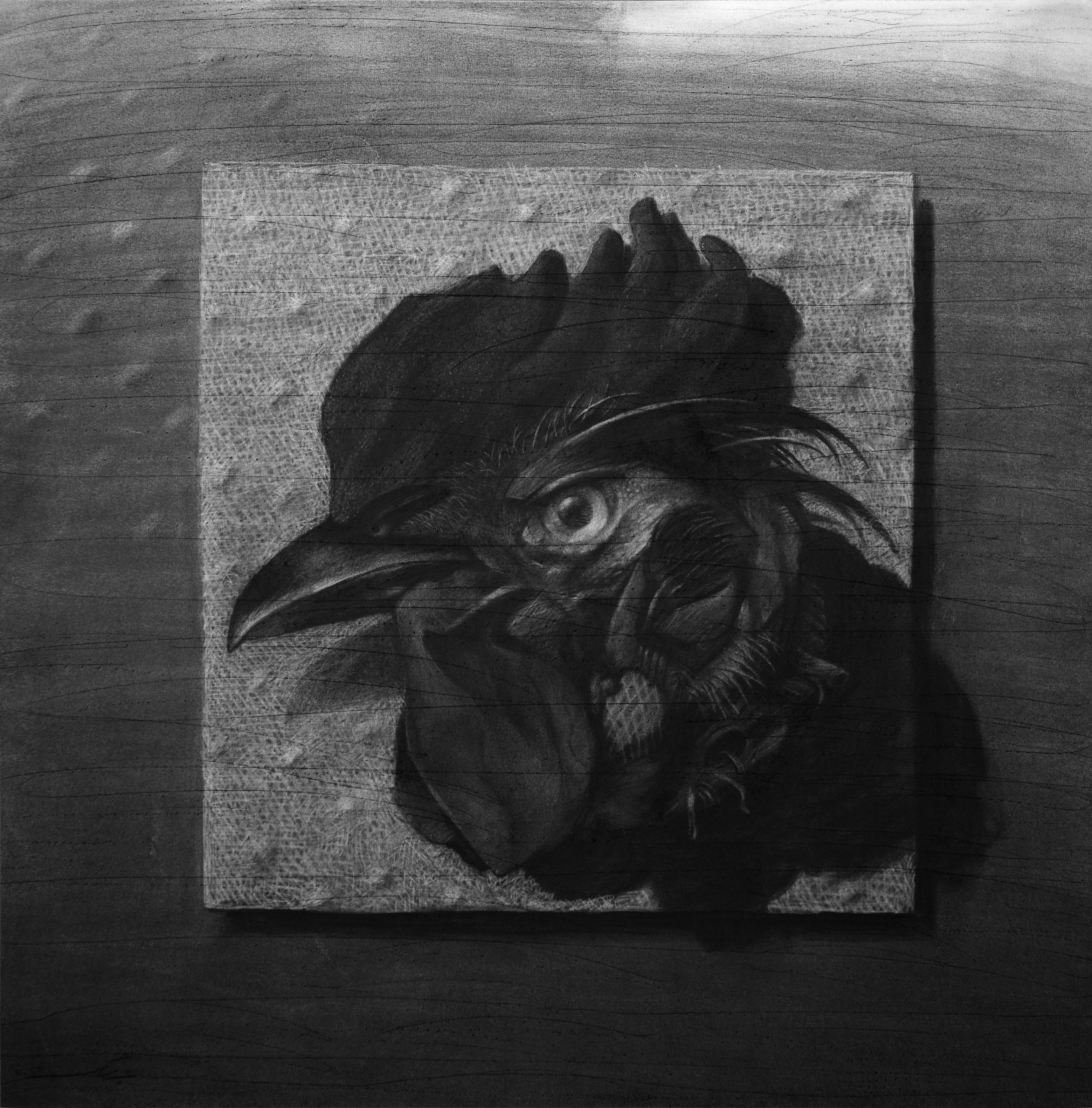
Youssef Abdelké
Rooster's Head
2022
Charcoal on Paper
101.5 cm x 104 cm
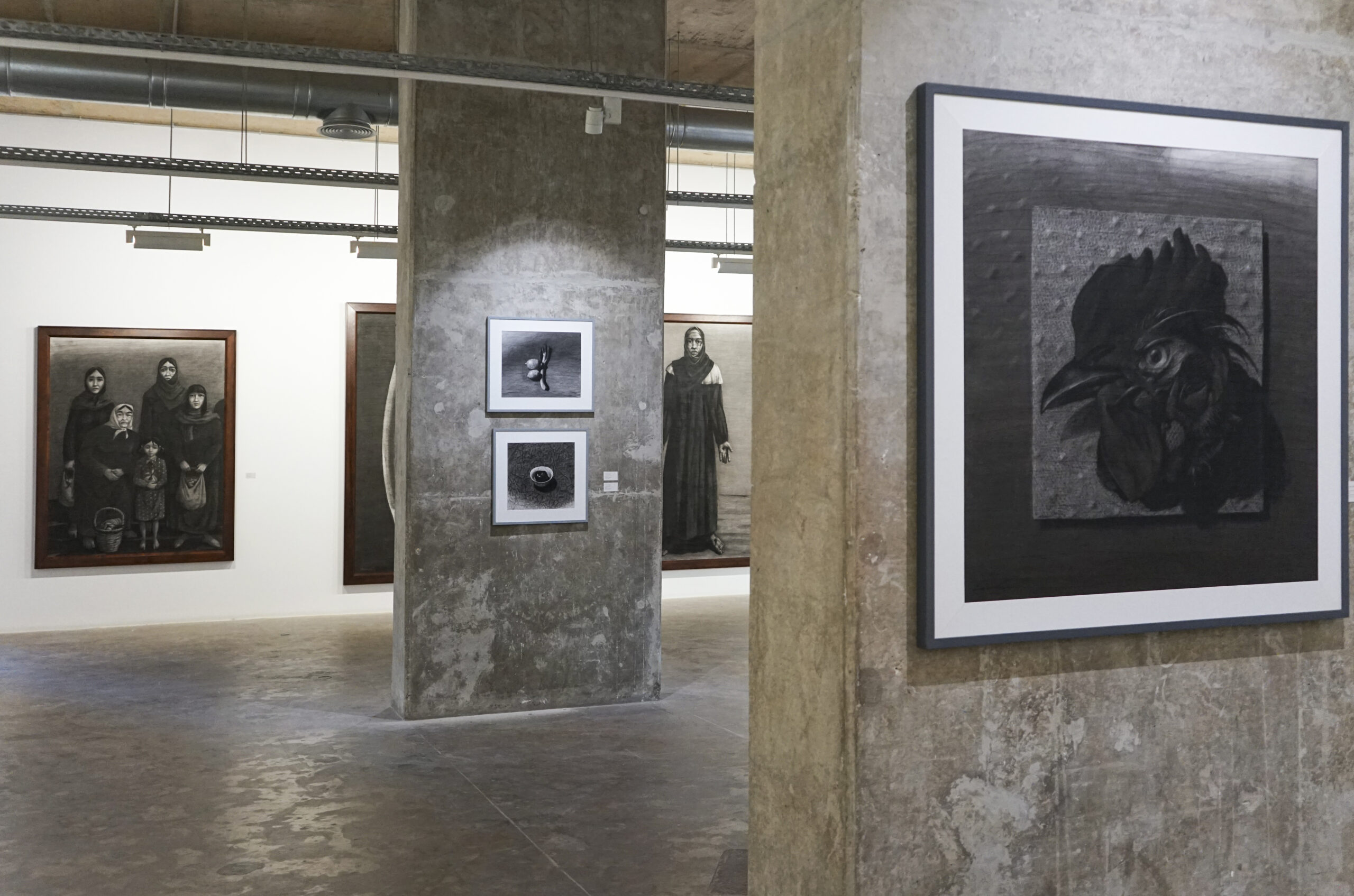
Youssef Abdelké
Exhibition View
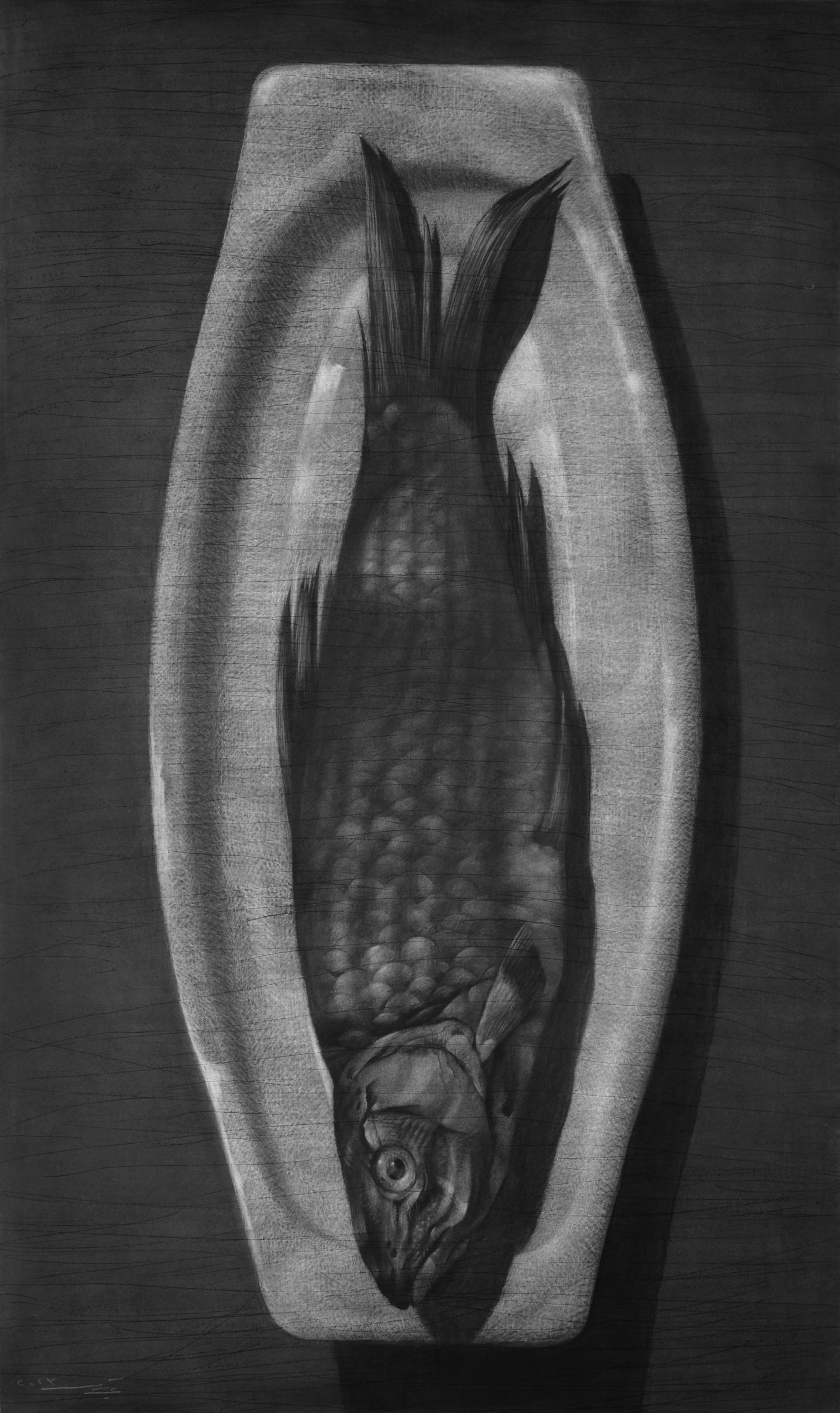
Youssef Abdelké
Fish
2023
Charcoal on Paper
249.5 cm x 145.5 cm
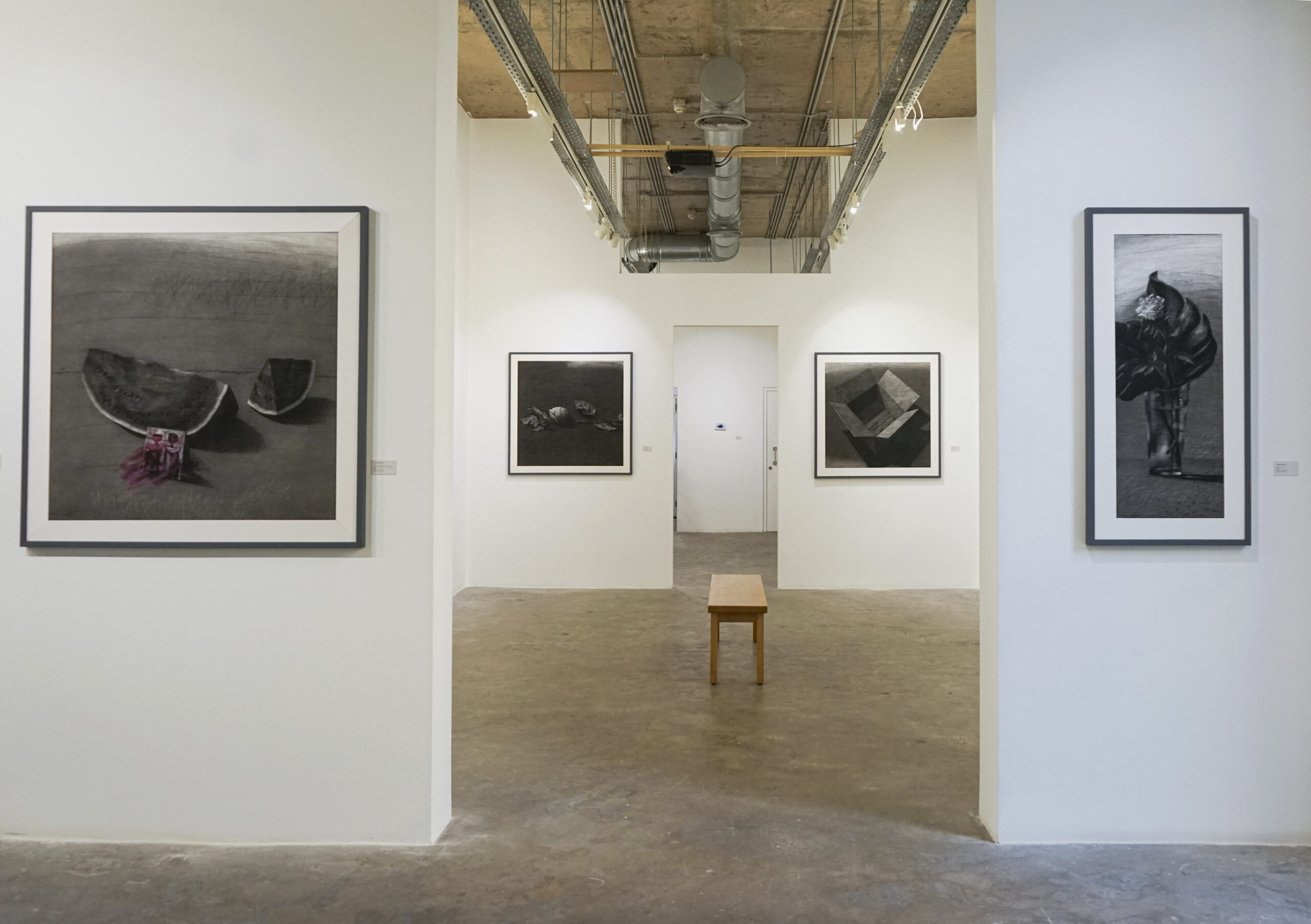
Youssef Abdelké
Exhibition View
Subscribe to our newsletter for ongoing updates on our artists and exhibitions
